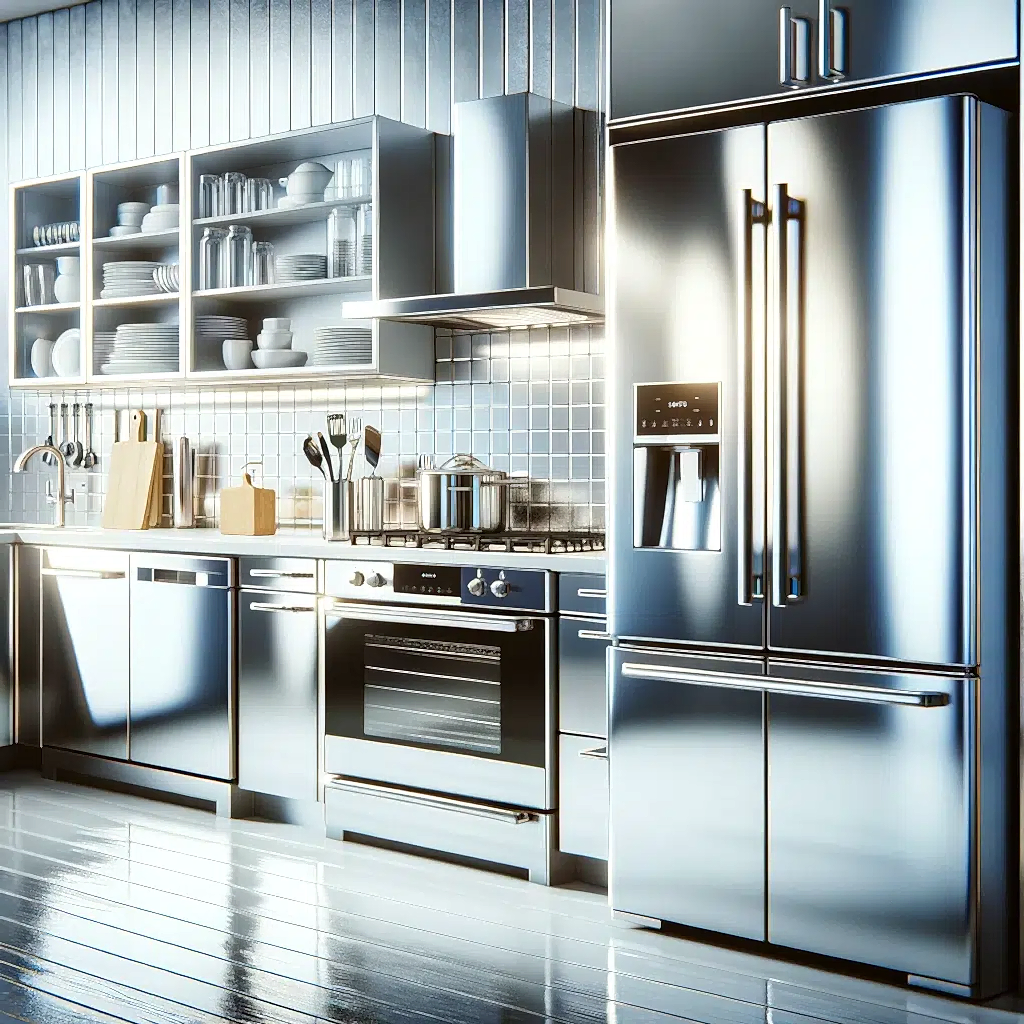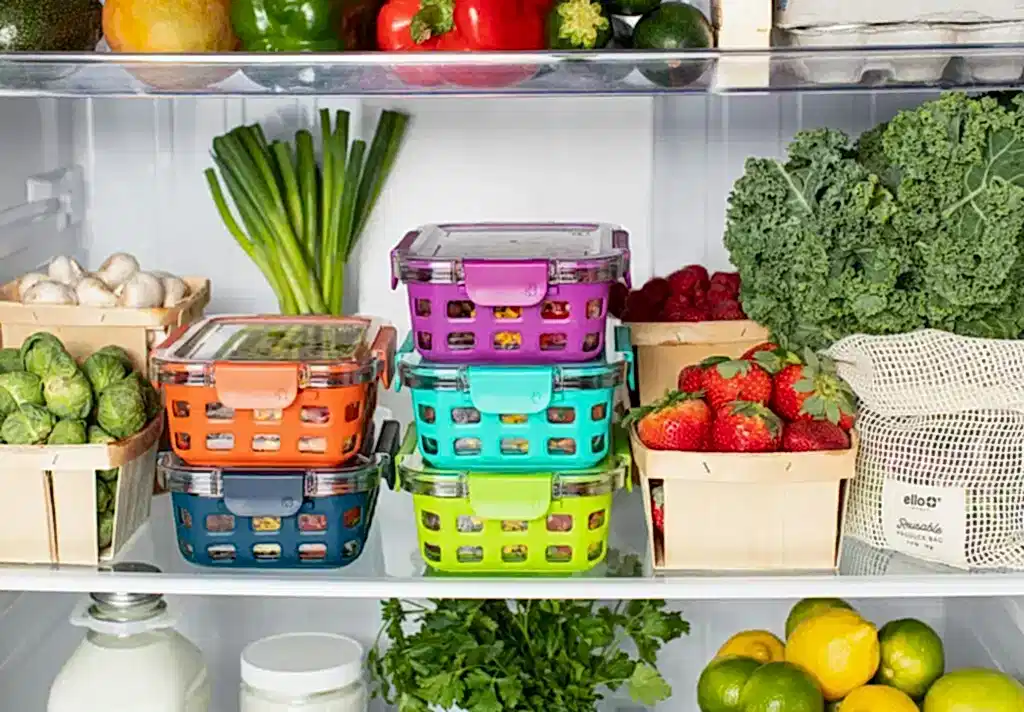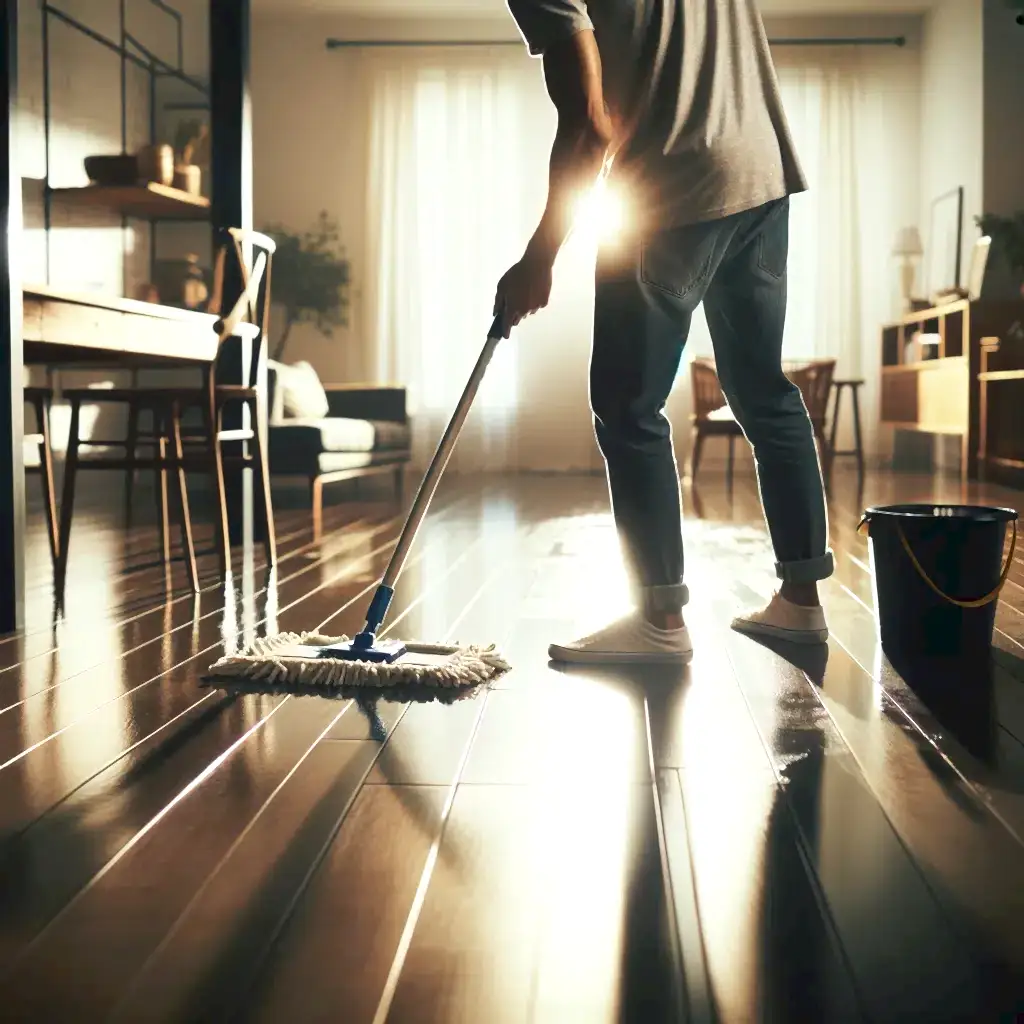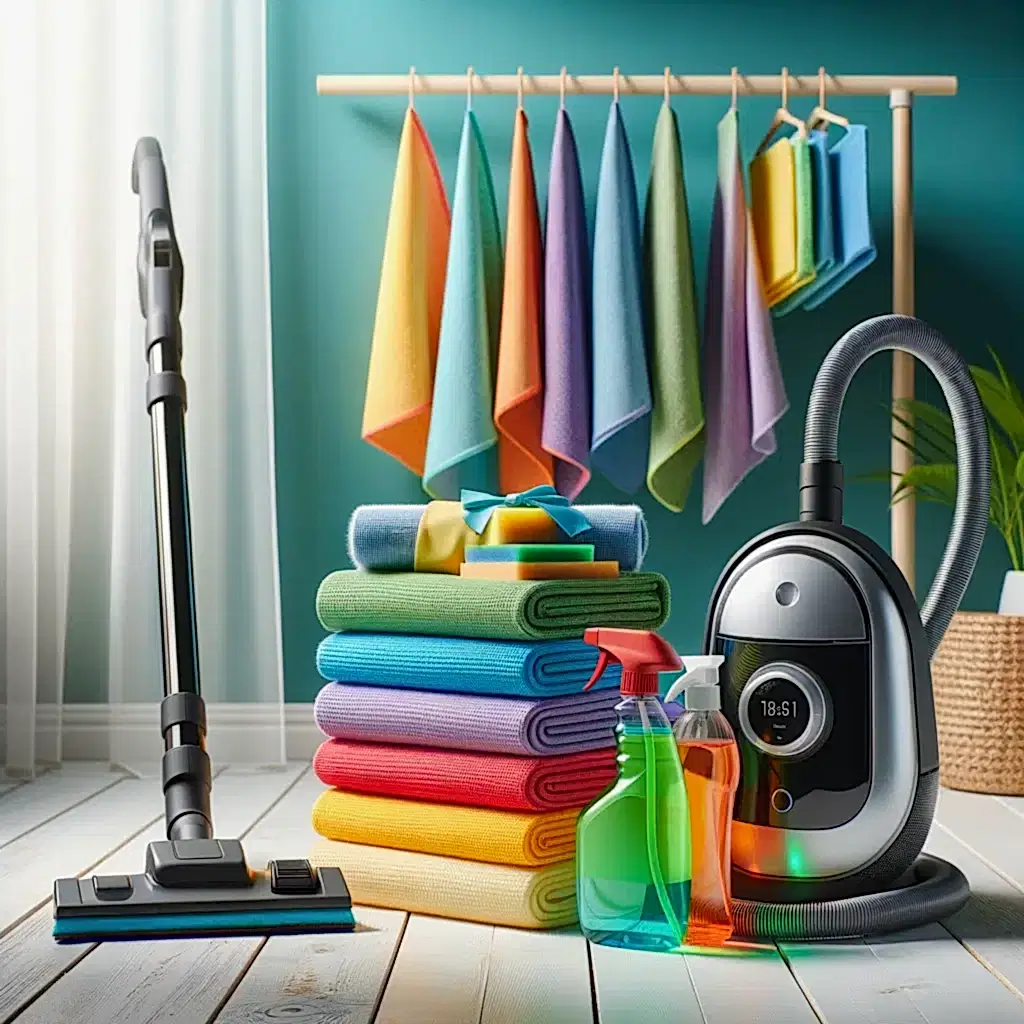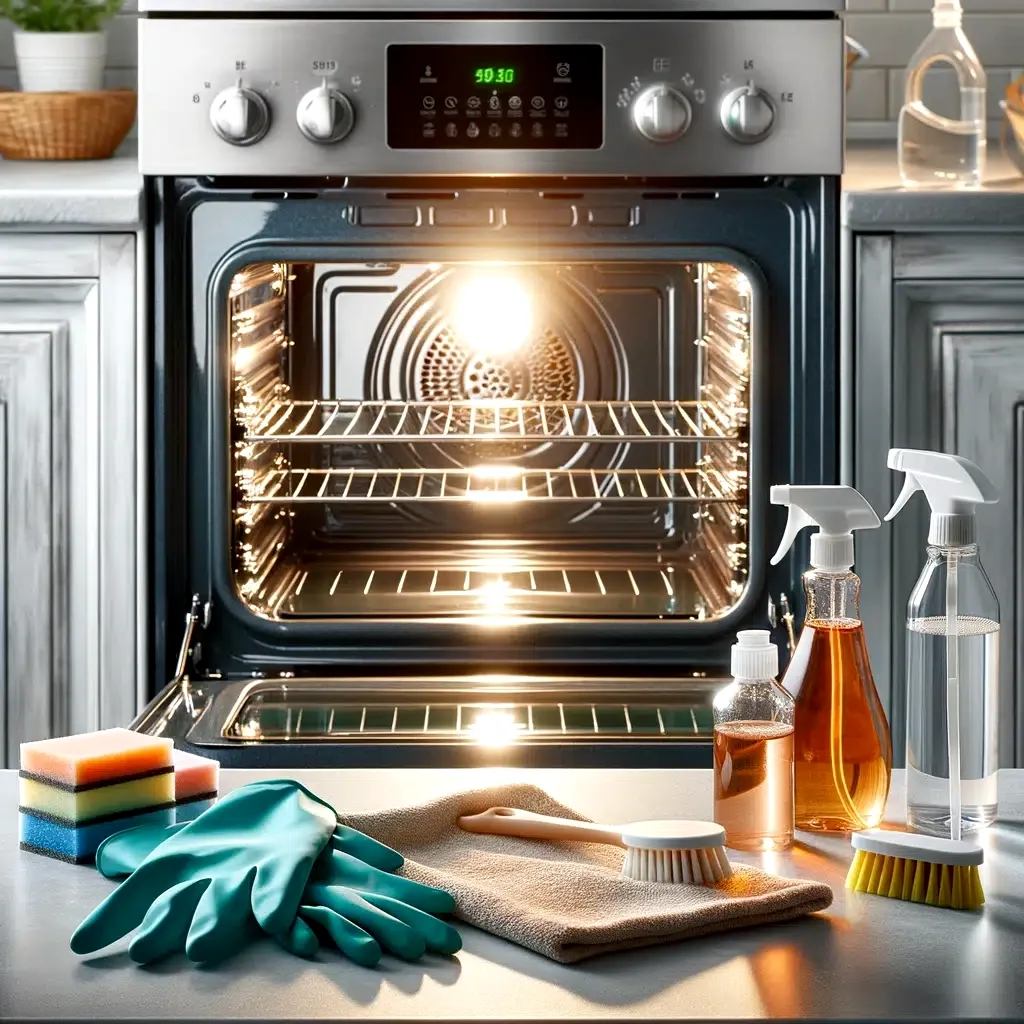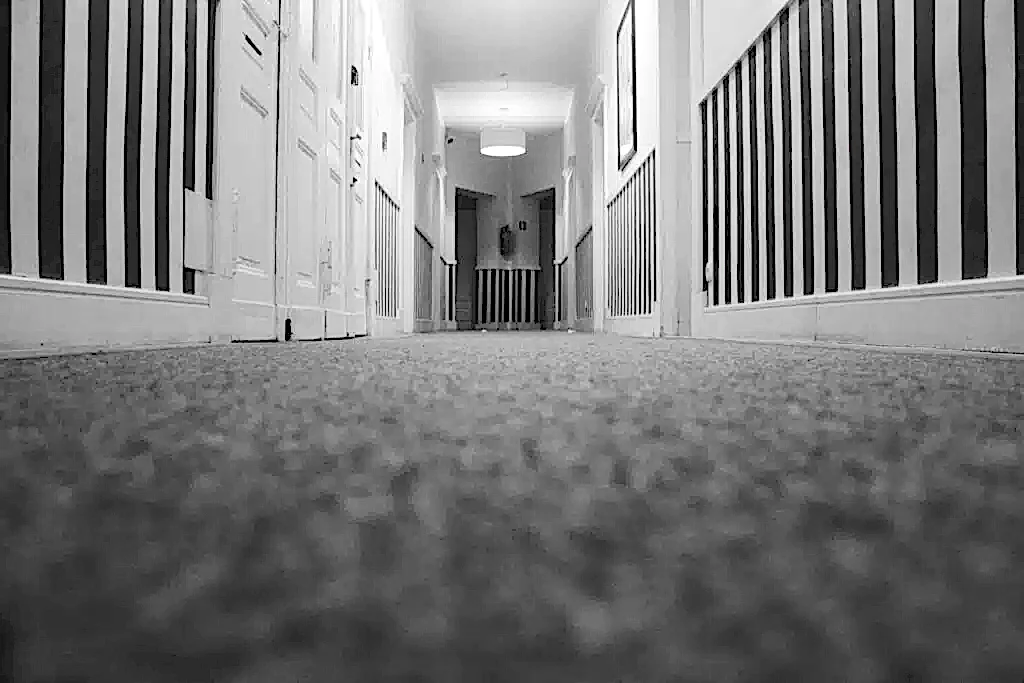5 Essential Tips on How to Keep Your Synthetic Couch Spotless
A Synthetic Couch Spotless! They’re the unsung heroes of the living room, aren’t they? Durable, pet-friendly, and often more affordable than their natural counterparts. But, just like anything else in our homes, they need a little love and care to keep them looking their best. Whether you’re binge-watching your favorite series, hosting game nights, or simply lounging after a long day, your synthetic couch is there for you. So, let’s dive into how to keep that trusty spot in your home spotless! 1. Start with Regular Dusting and Vacuuming Diving a bit deeper into the world of synthetic couch care, let’s expand on why regular dusting and vacuuming are crucial. You see, over time, dust and dirt don’t just sit idly on your couch; they work their way into the fabric, embedding themselves into the very weave that gives your couch its durable charm. This is where the importance of a soft brush attachment comes into play. By using it, you’re able to gently coax out the dirt from those fibers without being too harsh or causing any damage. But why stop at the surface? Often, the most overlooked areas are the sides and underneath the cushions, where the most interesting (or rather, uninviting) collections of debris like to hide. Getting into these crevices might seem like a chore, but it’s where the real difference is made in keeping your couch looking its best. Consider removing the cushions periodically to vacuum the base and the areas beneath. This not only helps in removing dust but also in finding those lost remotes and perhaps some spare change. Speaking of maintenance, let’s not overlook the importance of frequency. Incorporating vacuuming into your weekly cleaning routine ensures that dirt and dust don’t have the chance to build up over time. Think of it as preventative care for your couch. Just like we brush our teeth to prevent cavities, regular vacuuming prevents the gradual accumulation of grime that can lead to a worn-out appearance. It’s beneficial to occasionally adjust your vacuum’s setting or attachment based on the specific type of synthetic fabric. Some materials may be more delicate and require a gentler touch, while others can withstand a bit more vigor. Paying attention to these details can make all the difference in maintaining the integrity and appearance of your couch. 2. Tackle Spills Immediately Handling spills on your synthetic couch with promptness and care can significantly impact how your furniture withstands the test of time and accidents. Spills, after all, are part and parcel of a well-loved couch’s life, especially in a home that buzzes with activity and warmth. When a spill occurs, your swift action becomes the frontline defense against lasting stains. The initial step of blotting spills with a clean, dry cloth cannot be overstated. This quick reaction absorbs the spill before it seeps deeper into the fabric. It’s a bit like first aid for your couch—stopping the problem before it worsens. The technique here is to press down gently but firmly, allowing the cloth to soak up as much liquid as possible. Think of it as coaxing the spill out, rather than forcing it deeper with a vigorous rub. Moving on to water-based spills, which are perhaps the most common assailants of our comfy havens, the simplicity of a damp cloth might seem almost too good to be true. Yet, often, it’s all that’s needed to mitigate potential damage. The cloth, slightly moistened, acts like a sponge, drawing the spill out of the fabric. This method is gentle, effective, and safe for most synthetic materials, preserving the integrity of your couch’s appearance. For the more challenging stains that defy the simple cloth treatment—like those caused by food, ink, or other colored substances—a mild detergent solution becomes your next line of defense. The key word here is ‘mild.’ Harsh chemicals or aggressive cleaning agents can do more harm than good, possibly fading or damaging the synthetic fibers. By mixing a small amount of mild detergent with water, you create a gentle yet effective cleaning solution. The application should be done with a light hand, dabbing rather than scrubbing, to gently lift the stain from the fabric. The importance of testing this solution on an inconspicuous area of your couch cannot be understated. This precautionary step ensures that your chosen cleaning method won’t lead to discoloration or damage to the fabric. It’s a small act that can save you from a big headache later on. 3. Use the Right Cleaning Products Navigating the world of cleaning products for your synthetic couch is akin to choosing the right ingredients for a beloved recipe; precision and care are paramount. Synthetic materials, while durable and versatile, demand a thoughtful approach to cleaning to preserve their integrity and appearance over time. The emphasis on avoiding harsh chemicals and abrasive cleaners is not just a recommendation but a guiding principle. These aggressive agents can break down the synthetic fibers, leading to fading, weakening, and even disintegration of the fabric over time. It’s akin to using a sledgehammer when a gentle tap would suffice. Delving deeper into the realm of suitable cleaning solutions, products specifically designed for synthetic upholstery should be your go-to. These cleaners are formulated with the material’s unique characteristics in mind, ensuring they clean effectively without causing harm. They’re like a tailored suit, designed to fit perfectly and enhance, rather than diminish, the fabric’s quality and longevity. In situations where commercial products seem overwhelming or if you’re striving for a more natural cleaning approach, the classic combination of water and mild detergent emerges as a hero. This duo is often all you need to tackle everyday dirt and spills. The trick here is to use them sparingly. A light touch and minimal product not only prevent potential damage but also sidestep the risk of creating a damp environment where mold and mildew thrive. Imagine painting a delicate watercolor; too much water can turn a masterpiece into a muddy mess. The adage “less is
5 Essential Tips on How to Keep Your Synthetic Couch Spotless Read More »


